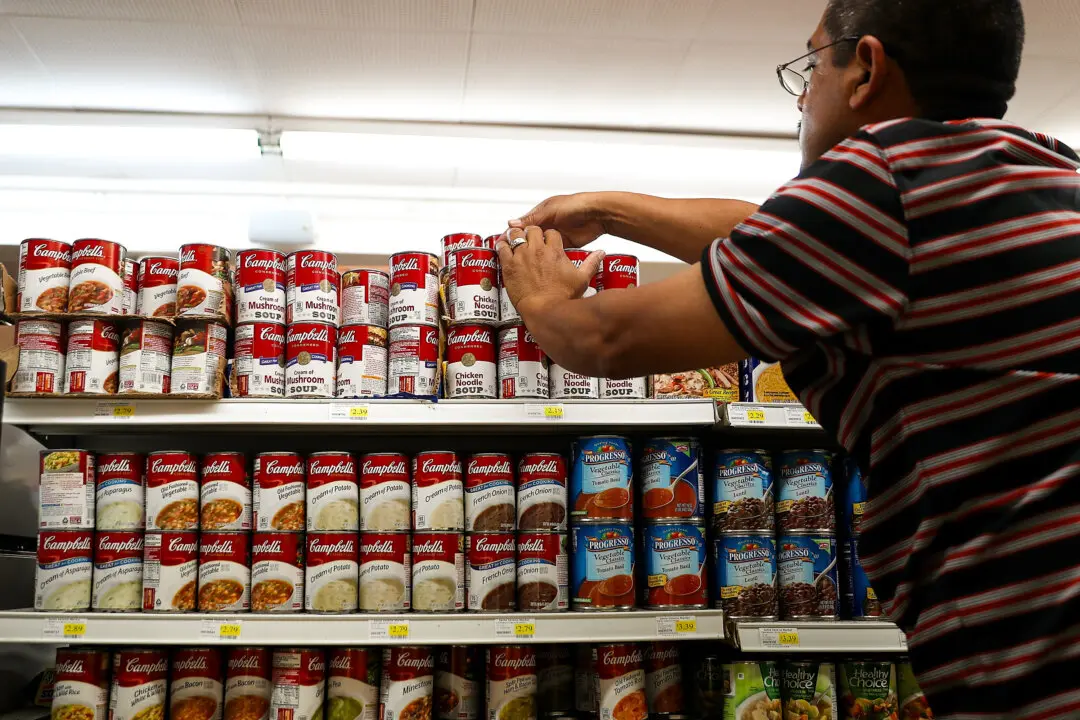Top executives at Walmart highlighted the issue of elevated food inflation during a recent conference call while also pointing out that inflation in dry groceries is a much more significant problem compared to fresh groceries.
“Generally speaking, food inflation has been the most stubborn of all the categories. So, we were in mid-double digits in the third quarter, and the fourth quarter hasn’t come down all that much. A little bit, I guess we could say, has come down the last couple of months. But it still would be a high level of disinflation at this point. So, it just looks to me as a little bit higher than what we were expecting going into the year,” John Furner, president and CEO of Walmart U.S., said during the earnings call on Feb. 21.





